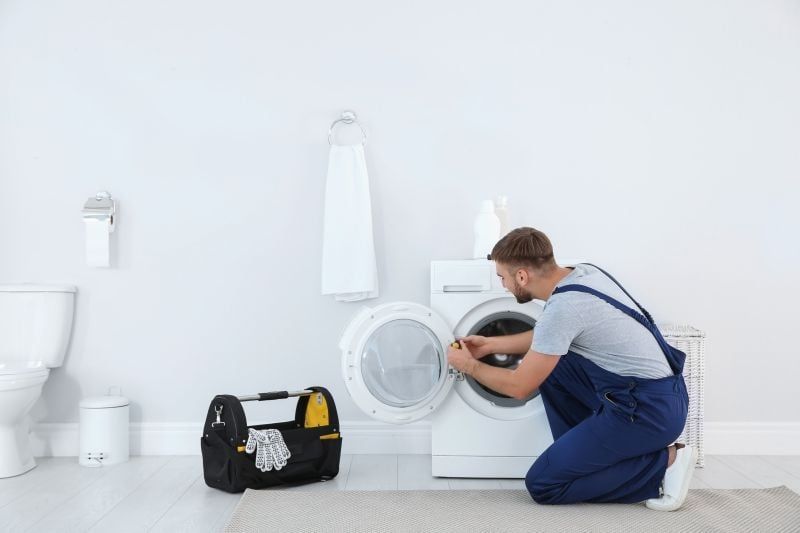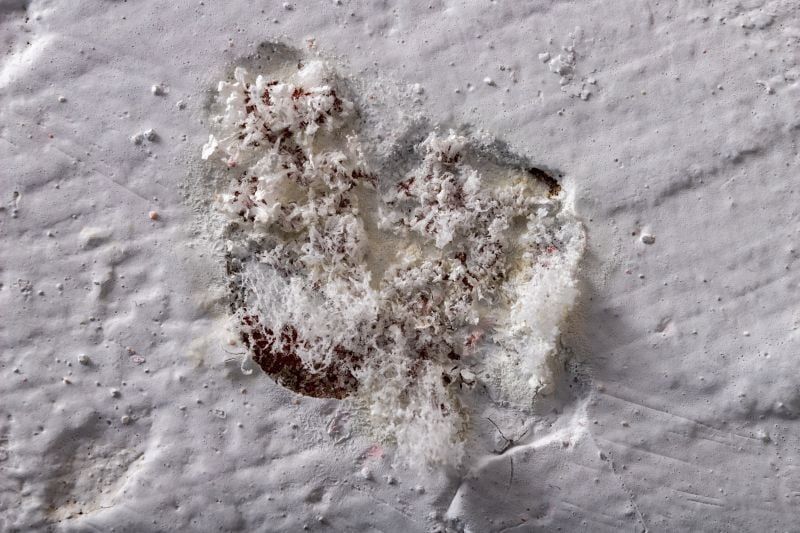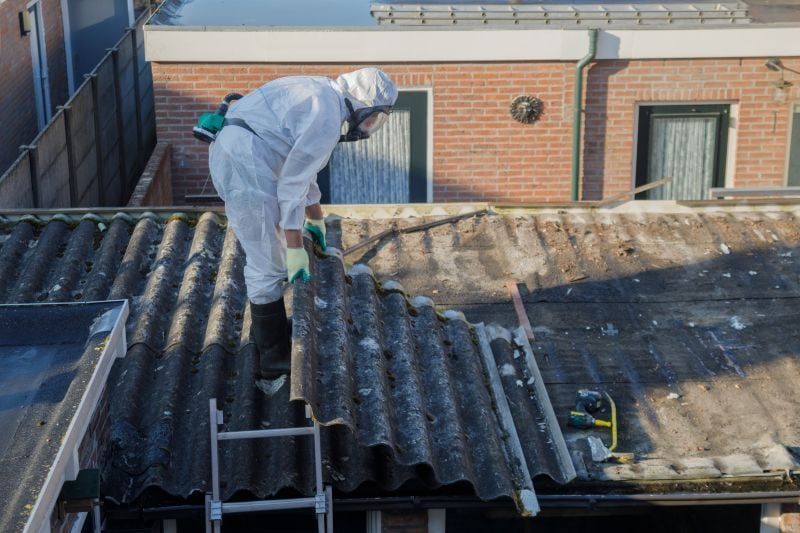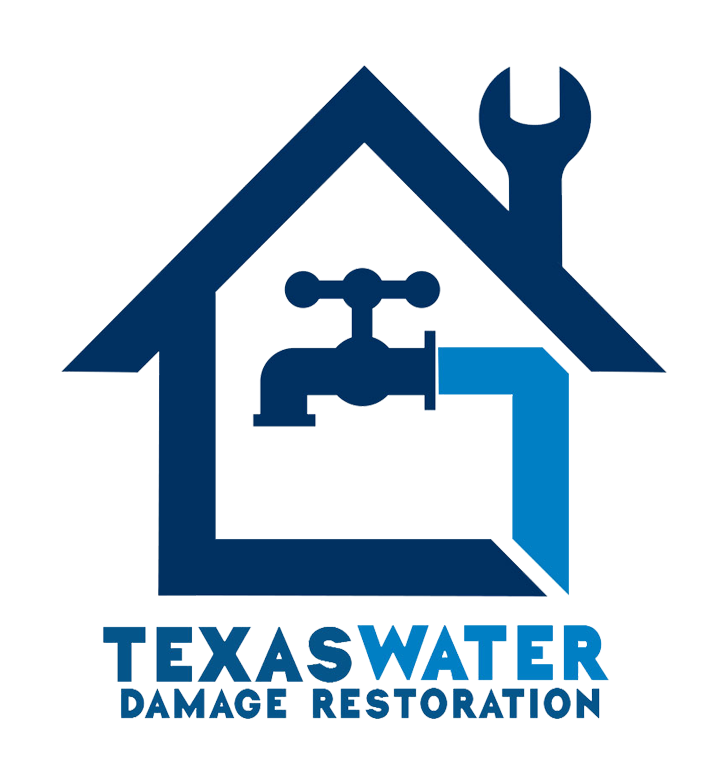
Introduction
Water damage can be a homeowner’s worst nightmare, causing extensive damage to property and belongings. Whether it’s due to a burst pipe, flooding, or a leaky roof, it’s essential to act quickly to mitigate the damage. In some cases, homeowners may opt to perform DIY cleanup to save on costs. However, it’s crucial to prioritize safety and follow best practices to prevent further damage and ensure your well-being.
Understanding Water Damage
Water damage refers to the destruction caused by excess water in residential or commercial properties. It can result in various problems, including structural damage, mold growth, and electrical hazards. Understanding the types and categories of water damage can help homeowners assess the severity and determine the appropriate cleanup methods.
Types of Water Damage
There are three main types of water damage:
- Clean Water Damage: This type of damage comes from a clean water source, such as a broken pipe or rainwater.
- Gray Water Damage: Gray water refers to water that contains minor contaminants, such as dishwasher or washing machine overflow.
- Black Water Damage: Black water is highly contaminated and poses serious health risks. It can come from sewage backups, flooding, or stagnant water.

Categories of Water Damage
Water damage is also categorized based on the level of contamination:
- Category 1: Clean Water Damage, which poses no significant health risks.
- Category 2: Gray Water Damage, which contains contaminants that may cause illness or discomfort if ingested.
- Category 3: Black Water Damage, which contains harmful bacteria, fungi, and other contaminants that can cause severe illness.
DIY Cleanup Safety Tips
If you choose to perform DIY cleanup after experiencing water damage, it’s essential to prioritize safety. Follow these tips to minimize risks:
1. Ensure Personal Safety
Before starting any cleanup efforts, make sure to prioritize your safety:
- Turn off the power supply to prevent electrical hazards.
- Wear protective gear, including gloves, rubber boots, and eyewear, to avoid contact with contaminated water or materials.
- Be cautious of slippery surfaces and unstable structures.
2. Assess the Damage
Before diving into cleanup, assess the extent of the damage:
- Identify the source of the water damage and address any ongoing leaks or flooding.
- Document the damage by taking photos or videos for insurance purposes.
- Check for potential hazards, such as mold growth or compromised structural integrity.
3. Remove Standing Water
To prevent further damage and mold growth, remove standing water as soon as possible:
- Use a wet/dry vacuum or pump to extract water.
- If the amount of water is substantial, consider renting professional-grade equipment.
- Dispose of the extracted water in a sanitary manner, following local regulations.

4. Dry and Dehumidify
Thoroughly drying the affected areas is crucial for preventing mold growth and further damage:
- Open windows and use fans to increase air circulation.
- Place dehumidifiers strategically to remove excess moisture from the air.
- Consider using desiccants or moisture-absorbing materials to aid in the drying process.
5. Clean and Sanitize
Once the area is dry, clean and sanitize all affected surfaces:
- Use a mild detergent or specialized cleaning products to remove dirt, debris, and contaminants.
- Follow manufacturer instructions and safety guidelines when using cleaning agents.
- Consider applying sanitizers or disinfectants to eliminate bacteria and prevent mold growth.
Best Practices for Water Damage Cleanup
While DIY cleanup can be a viable option, it’s important to follow best practices to ensure effective and safe restoration:
1. Act Quickly
Addressing water damage promptly can prevent further damage and reduce the risk of mold growth. The longer water sits, the more damage it can cause.
2. Document the Damage
Keep detailed records of the damage, including photos, videos, and written descriptions. This documentation is crucial for insurance claims and potential legal matters.
3. Consult Professionals
In some cases, it’s best to consult professional water damage restoration experts. They have the expertise, equipment, and knowledge to thoroughly mitigate the damage and ensure a safe restoration process.
4. Address Hidden Damage
Water damage may not always be visible to the naked eye. It’s important to thoroughly inspect the property and address any hidden damage, such as moisture trapped in walls or under flooring.
5. Prevent Future Water Damage
Take preventive measures to minimize the risk of future water damage:
- Regularly inspect and maintain your plumbing system.
- Ensure proper drainage around your property.
- Repair any leaks or water-related issues promptly.
- Consider installing a sump pump or a water leak detection system.
Contact Texas Water Damage Restoration Pros
If you need professional assistance with water damage restoration, contact Texas Water Damage Restoration Pros. With years of experience and a team of skilled technicians, they provide services such as water damage cleanup, mold remediation, and emergency water extraction. Call 817-587-4040 or visit their website to learn more.
